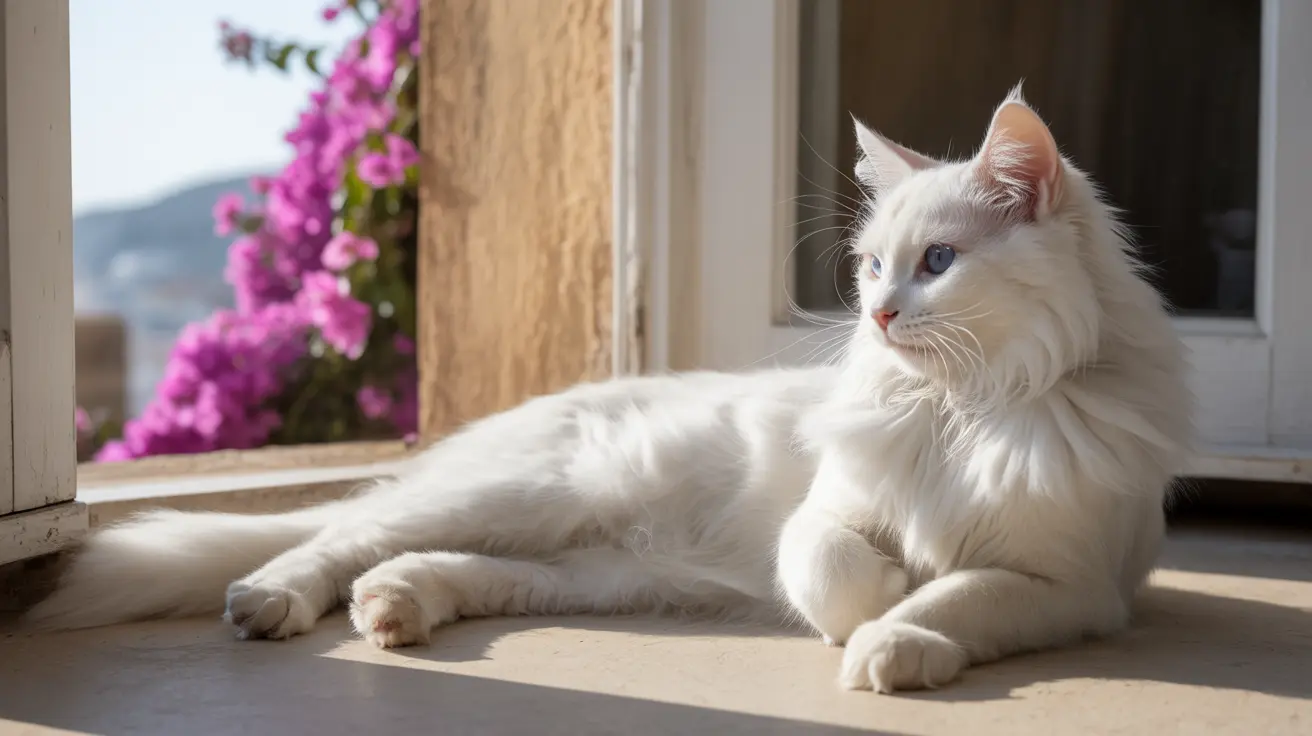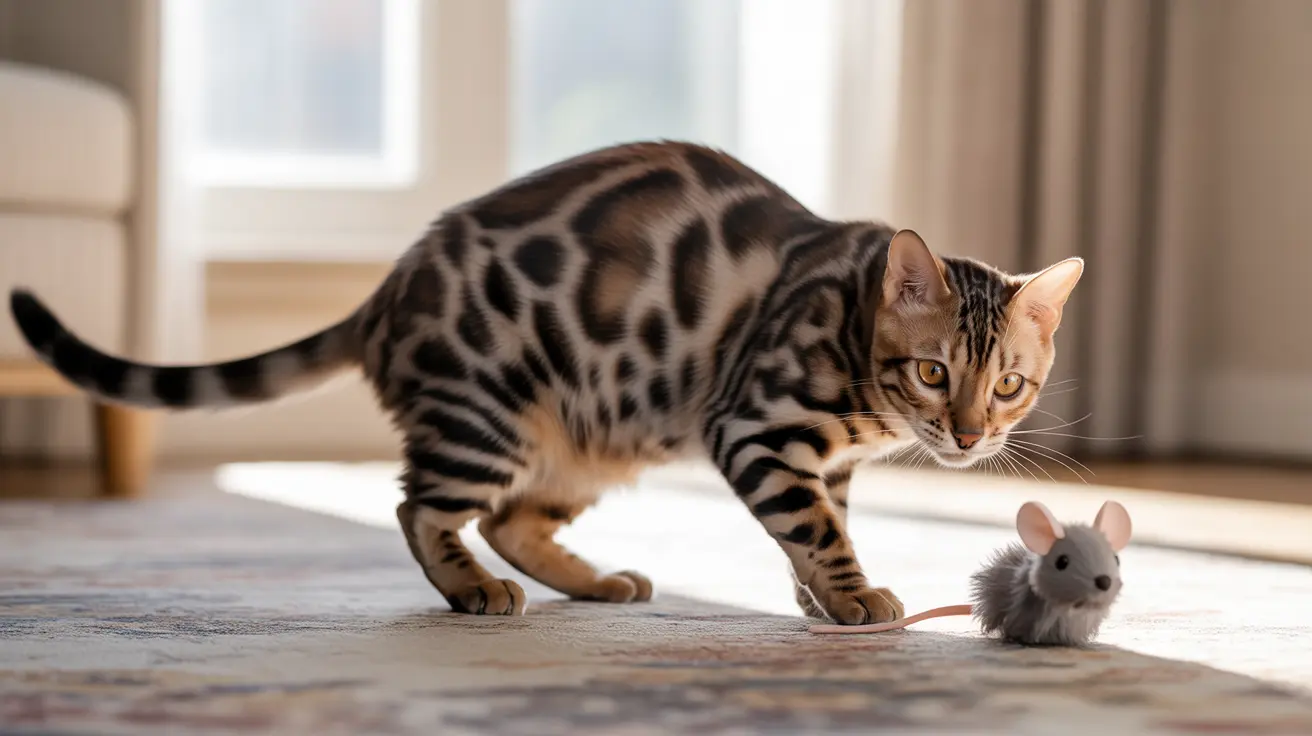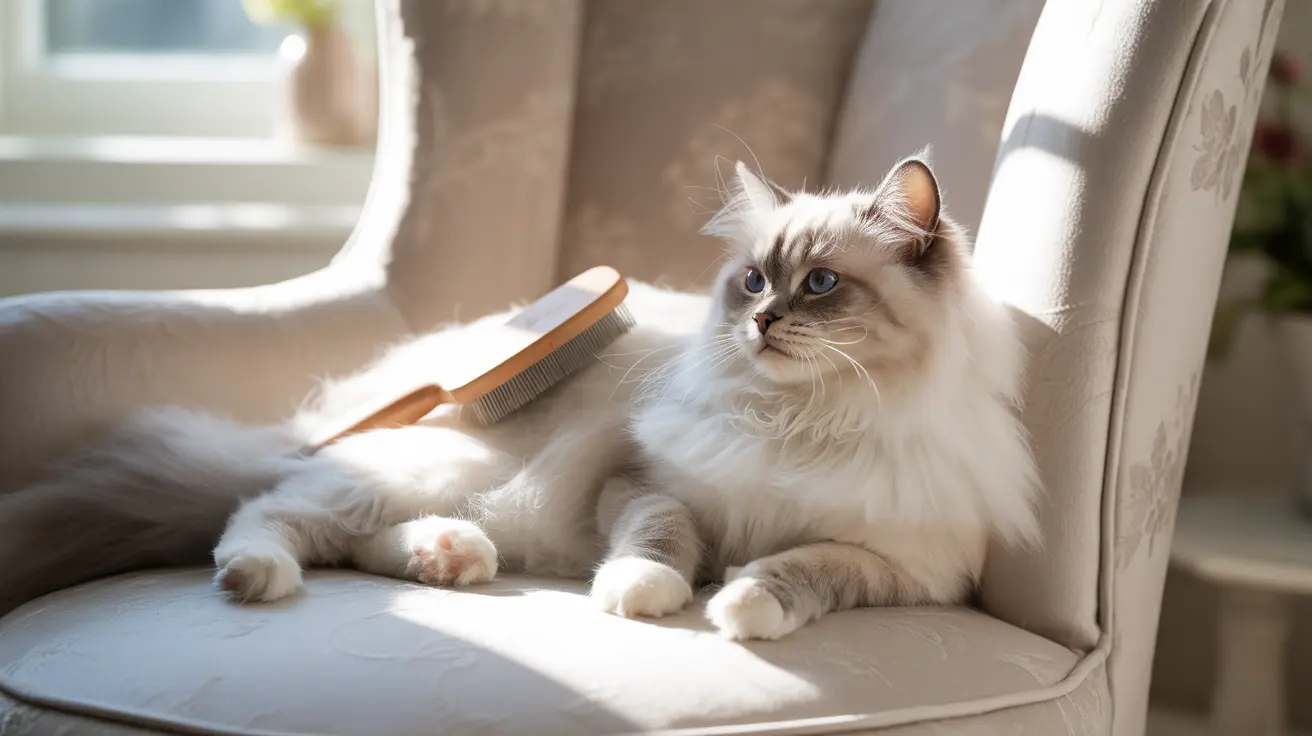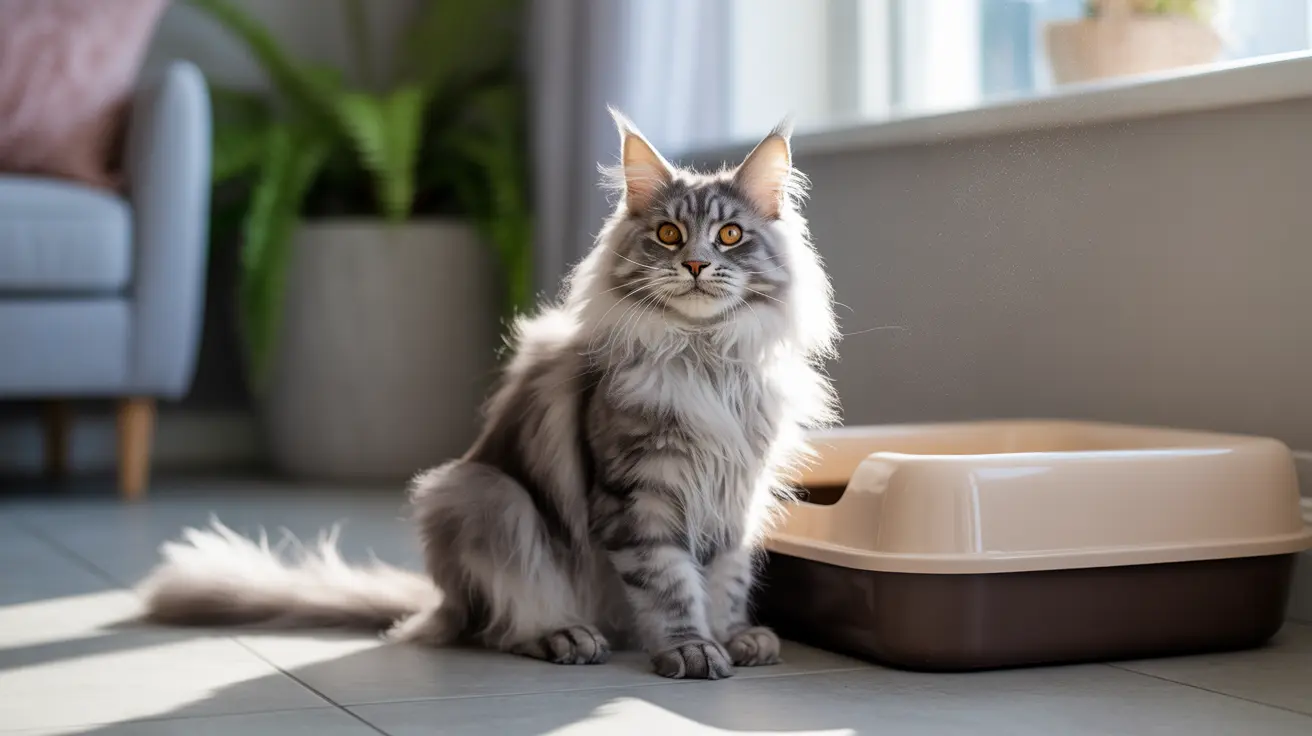The Science Behind White Cat Gender Distribution
White cats can be either male or female with equal likelihood because the gene responsible for their white coat (known as the dominant white gene or W) is located on non-sex chromosomes. This means that the inheritance of white fur is completely independent of the cat's gender.
Unlike calico or tortoiseshell cats, which are almost exclusively female due to color genes linked to the X chromosome, white cats show no gender bias in their population. The distribution of male and female white cats mirrors that of the general cat population.
Understanding White Cat Genetics
The stunning white coat of these cats is primarily caused by a dominant gene that effectively masks all other coat colors. This genetic trait is separate from gender determination and can appear in any breed or bloodline, regardless of sex.
It's worth noting that there are actually two different genetic pathways that can result in a white coat:
- The dominant white gene (W)
- True albinism (a different genetic condition)
Health Considerations for White Cats
Regardless of gender, white cats face some unique health considerations that potential owners should be aware of:
Hearing Issues
White cats, especially those with blue eyes, have a higher likelihood of congenital deafness. This condition affects both males and females equally and is related to the same genes that cause their white coloration.
Sun Sensitivity
Both male and female white cats need protection from excessive sun exposure, as their unpigmented skin is more susceptible to sunburn and potential skin cancer.
Common White Cat Breeds
Several cat breeds are known for producing white cats of both genders, including:
- Turkish Angora
- Persian
- Russian White
- Oriental Shorthair
- British Shorthair
Frequently Asked Questions
Are white cats more likely to be male or female?
No, white cats are equally likely to be male or female. The gene for white fur is not linked to sex chromosomes, so gender distribution is completely random.
Why do some white cats have blue eyes and what does that mean for their health?
Blue eyes in white cats result from a genetic trait that can also affect their hearing. Approximately 15-40% of white cats have one or both blue eyes, and those with blue eyes have a higher chance of being deaf.
How common is deafness in white cats, especially those with blue eyes?
Deafness is relatively common in white cats with blue eyes. About 60-80% of white cats with two blue eyes are deaf, while 30-40% with one blue eye experience hearing loss. White cats without blue eyes have a lower risk of deafness at 10-20%.
Which cat breeds commonly produce pure white cats?
Several breeds regularly produce white cats, including Turkish Angora, Persian, Russian White, Oriental Shorthair, and British Shorthair. These breeds can have white cats of either gender.
How should I care for a white cat to protect it from health issues like deafness and sun sensitivity?
Keep white cats indoors or limit sun exposure, especially during peak hours. Regular veterinary check-ups are important to monitor hearing and skin health. Provide extra protection for ears and nose with pet-safe sunscreen when needed. For deaf cats, use visual cues for communication and ensure a safe indoor environment.
Whether you're considering adopting a white cat or simply curious about these beautiful animals, remember that their gender has no bearing on their stunning white appearance. These elegant felines make wonderful companions regardless of whether they're male or female, and with proper care, they can live long, healthy lives as cherished family members.






